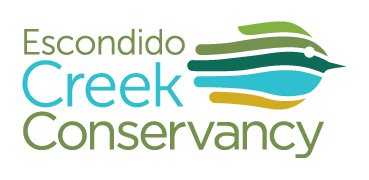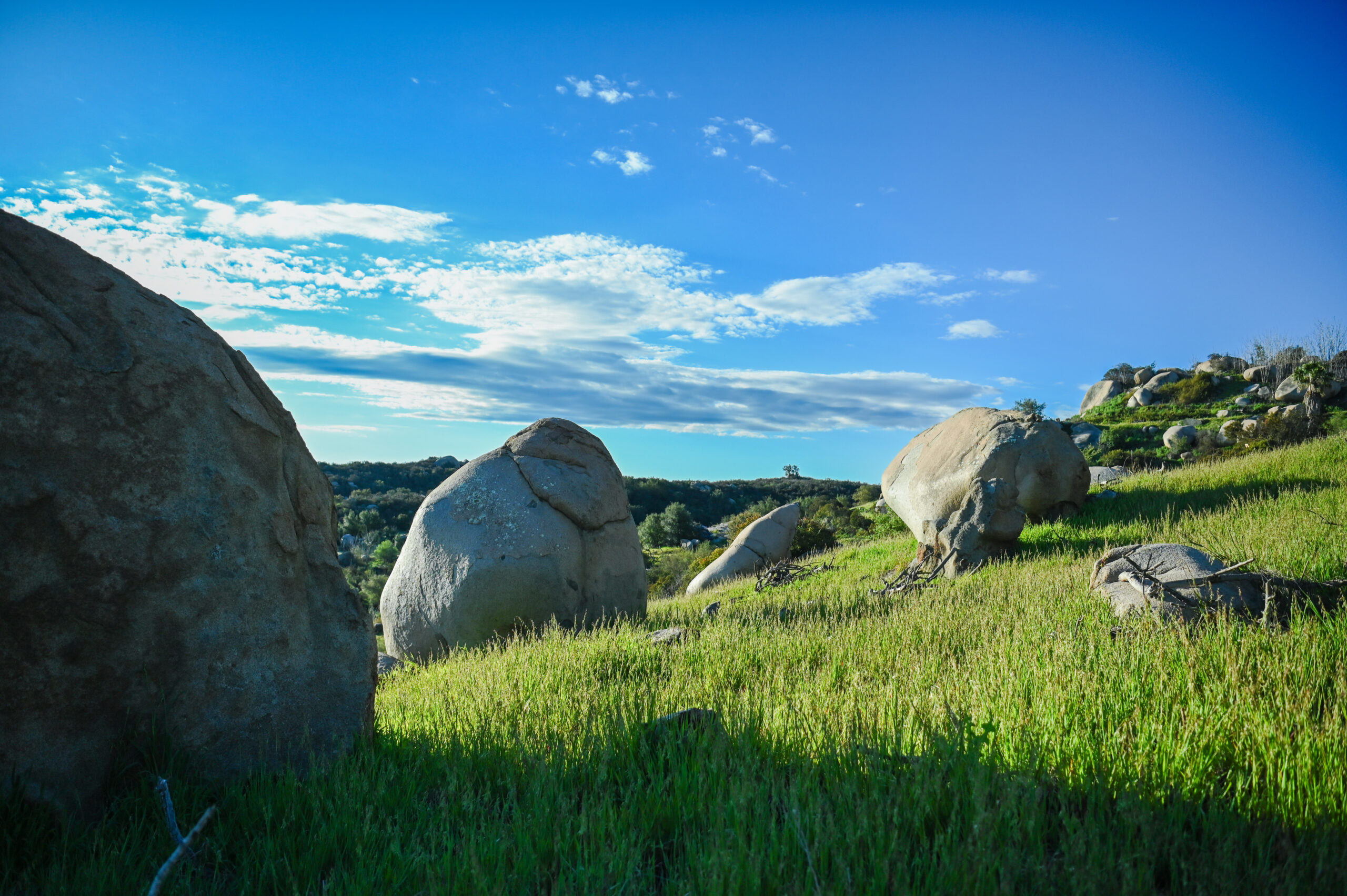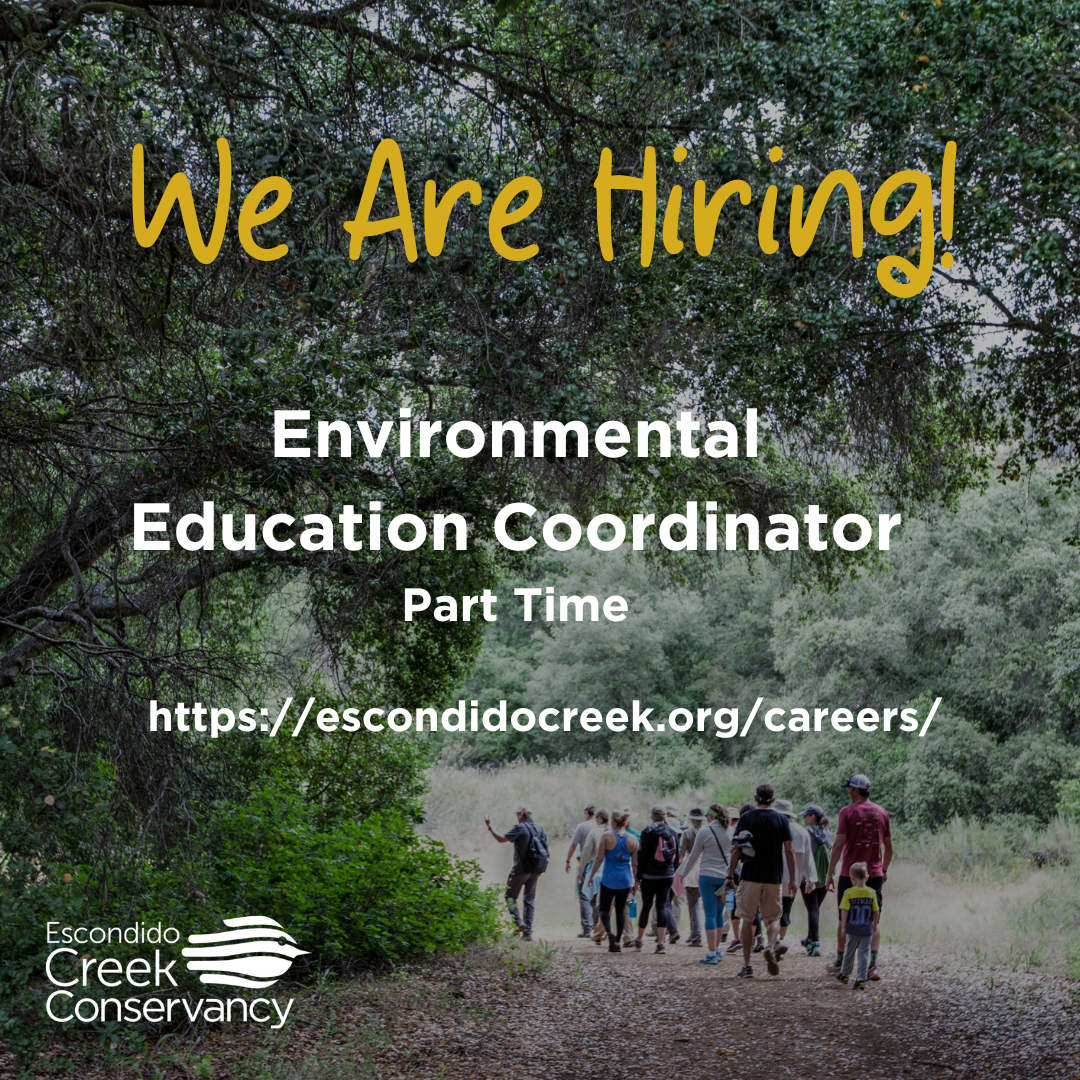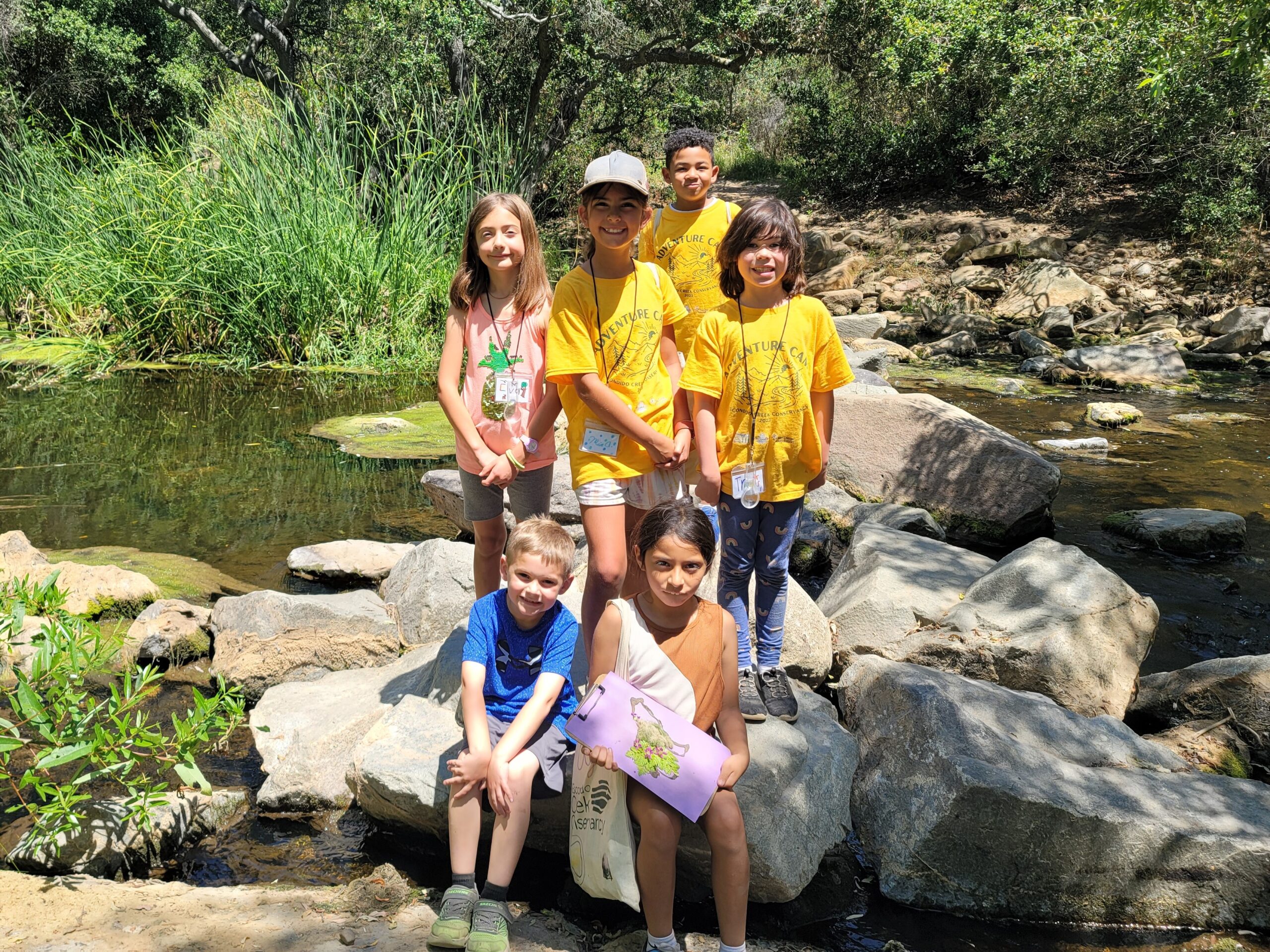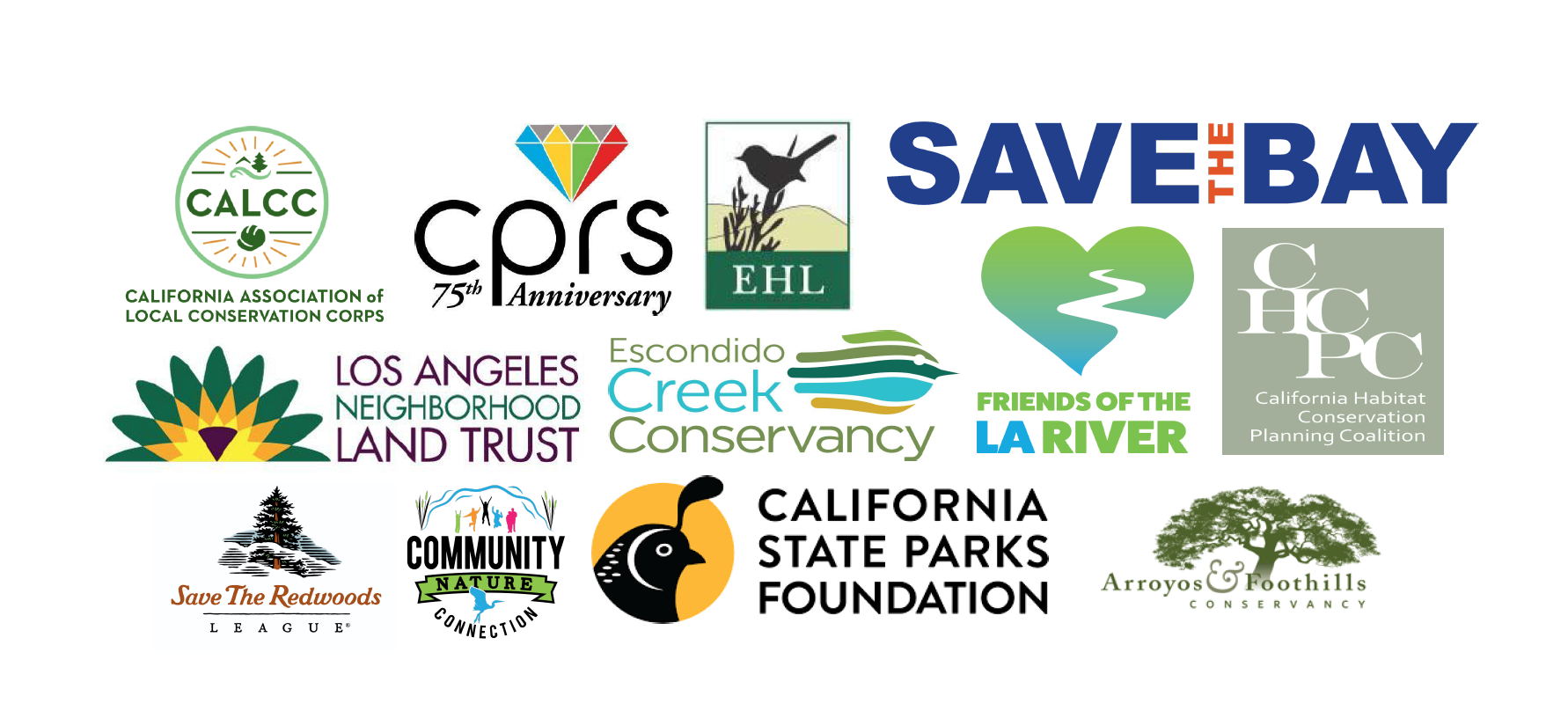
Budget Priorities for Clean Air and Water, Natural Resources, and Parks
On January 27, the Conservancy joined other state conservation leaders on a letter urging Governor Newsom and President Pro Tempore Toni Atkins to approve funding for conservation, fire prevention, and improvements to air and water quality. The letter also seeks funding for outdoor education, a Conservancy priority.
Download a PDF of the letter or read below:
2022 Letter to CA Leadership re- CA Funding Principles_CWNRP.docx
January 27, 2022
The Honorable Gavin Newsom, Governor, State of California
The Honorable Toni Atkins, President Pro Tempore, California State Senate
The Honorable Anthony Rendon, Speaker, California State Assembly
Re: Fiscal Year 2022-2023 Budget Priorities for Clean Air and Water, Natural Resources, and Parks
Dear Governor Newsom, Senate Pro Tem Atkins, and Assembly Speaker Rendon,
We, the undersigned organizations representing conservation, health, environmental education, and social
justice interests throughout California, appreciate your leadership in these unprecedented times. As the
nation rebounds and rebuilds from the COVID-19 pandemic, and as Californians face the impacts of drought
and record-breaking wildfires, it is important that we prioritize funding that revitalizes the economy and
protects the safety of Californians. In support of these priorities, we respectfully offer our insight that we
have gained from on-the-ground experience and science-based research, that we believe must be
incorporated into the budget package this year at a sufficient level.
The following investments would meet the needs created by the COVID-19 crisis, wildfires, and the ongoing
drought while also helping the state mitigate the impacts of climate change by investing in programs that
move the state closer to carbon neutrality and climate resilience. Given the condition of the State Budget
this year, we request that the following investments not only be included in the budget package, but receive
10% of this year’s budget surplus:
Improving Air Quality and Protecting Public Health:
- Funding for the Departments of Parks and Recreation to protect, restore and enhance public lands and
increase carbon sequestration - Funding for programs to protect working lands, develop active transportation projects such as bikeways
and trails (taking use by wildlife into consideration), and encourage in-fill development to reduce
greenhouse gases, urban sprawl, and travel times - Funding for projects that support soil remediation and agricultural soil quality
- Funding to reduce dependence on fossil fuels for the creation of inorganic fertilizers and pesticides
Improving Water Quality and Availability:
- Funding for infrastructure to improve safe drinking water, including preventing contamination of
groundwater - Funding to address drought protection, flood protection, sea-level rise risk reduction and adaptation,
and regional emergency preparedness and community safety - Funding for multi-benefit flood management systems and projects that reduce risks to the public,
improve and protect wildlife passage and habitat, and restore natural infrastructure when altering
already-built systems - Funding for projects that prioritize and mandate off-stream groundwater recharge and improve
infrastructure for and management of surface and groundwater supplies - Funding for land acquisitions and easements in furtherance of related projects
- Funding to monitor projects and practices for meaningful results, including satellite data collection
and ground/water probing methods that allow access to data in real time - Funding for projects to update aging water infrastructure on public lands
Conserving Forests, Natural Grasslands and Scrub, Rivers, Oceans, and Wetlands:
- Funding for grants that support Natural Community Conservation Plans and Habitat Conservation Plans
- Funding to support natural and working lands as part of the state’s conservation (30×30) goals, including
funding for watershed, river, wildlife corridor restoration and creation, and soil remediation - Funding to support the Wildlife Conservation Board’s Forest Conservation Program
- Funding for grassland vernal pool, tidal marsh, and riparian restoration projects
- Funding to each of the State Conservancies and Agencies/Departments for the implementation of
climate-beneficial projects - Funding for projects that protect and restore rivers and watersheds, including rising water tables and
increased inland and coastal flood risk through implementation of soil health and remediation practices
or watershed management approaches that allow for higher water infiltration through the soil profile - Funding to modify channels to restore natural functionality of waterways, including daylighting, natural
habitat restoration, water sequestration and wildlife movement. - Investments in projects that protect, expand or restore wildlife corridors and habitat linkages
- Protection and restoration of natural lands and natural infrastructure that are threatened by climate
change or enhance climate resilience - Investments in facilitating the availability of locally sourced, native plants for landscaping uses and the
banning/awareness raising of invasive plants in the environment - Funding for sustainable urban greening and forestry to reduce the impacts of heat-island effects
- Funding for the California Conservation Corps and Local Conservation Corps for projects that assist the
state with the implementation of critical natural resources, ecosystem services, transportation, energy,
and housing infrastructure, and to prepare, prevent, respond, and rehabilitate from natural disasters or
climate-related impacts to communities - Funding to restore monies to the Statewide Park and Community Revitalization Program (AB-31)
- Funding K-12 public green schoolyards
- Funding to support Department of Fish and Wildlife and Wildlife Conservation Board waterfowl and
wetland habitat programs, including those administered on private lands
Facilitating Fire Recovery & Prevention:
- Funding for the Department of Forestry and Fire Prevention for activities in forest lands
- Funding for the implementation of the Regional Forest and Fire Capacity Program
- Funding to the state conservancies and the Wildlife Conservation Board for nature compatible fire risk
reduction, prevention, nature-based community buffer zones, and restoration projects, including
watershed protection, restoration of shrublands degraded by too-frequent fire, and land conservation to
reduce sprawl and forest conversion in the wildland urban interface - Funding to State Parks for projects, including in areas damaged by the 2020-21 wildfires
- Funding for open space districts and land trusts for projects that promote ecologically sensitive
vegetation management and restoration - Investments in fire prevention and restoration projects that maximize workforce training opportunities
- Funding for the implementation of adopted fire management plans for Natural Community Conservation
Plans and Habitat Conservation Plans
- Funding to support the California Wildfire Mitigation Financial Assistance Program
- Funding for Resource Conservation Districts and the University of California Reserve System
- Funding for multi-use trails that provide fire buffer zones and public access to open space
Increasing Climate Change Awareness and Climate Readiness:
- Funding for outdoor educational programs and infrastructure focused on climate change awareness and
solutions - Funding for programs and infrastructure that increase community engagement and access to the
outdoors, including educational programs - Funding to increase public access to parks and greenspaces
- Funding for public education campaigns that increase knowledge of, resources for, and individual action
for climate adaptation - Funding for volunteer programs that increase climate change awareness and environmental stewardship
- Funding to repair coastal access infrastructure (trails, stairways, parking areas) threatened by sea level
rise - Funding to educate responsible agencies and the public about best practices for fire fuel reduction as
natural habitat restoration.
We have been pleased to see the Fiscal Year 2022-23 January budget proposal released thus far. We do
emphasize, however, that these investments will allow us to tackle only a fraction of the state’s larger needs
and urge you to increase investment in nature-based solutions to our climate crisis. Investing in
conservation and natural resources is a multi-faceted way to not only spur the state’s economic recovery by
creating new opportunities for employment, but to ensure that we put people back to work in ways that
help the state transition to an economy that promotes public health through the mitigation of air pollution;
reduces the risks of catastrophic natural disasters such as fire, flood, and drought; and accelerates our
progress toward carbon-neutrality.
We stand ready to engage with you to develop and advance a plan that facilitates California’s economic
recovery, while also advancing the state’s important climate goals.
Sincerely,
Wendy Butts, President, California Association of Local Conservation Corps
Dan Silver, Executive Director, Endangered Habitats League
David Lewis, Executive Director, Save The Bay
Ann Van Leer, Executive Director, The Escondido Creek Conservancy
Marissa Christiansen, President/CEO, Friends of the LA River
Stephanie Stephens, Executive Director, California Park and Recreation Society
John Hopkins, Director, California Habitat Conservation Planning Coalition
Tori Kjer, Executive Director, Los Angeles Neighborhood Land Trust
Sam Hodder, President and CEO, Save the Redwoods League
Rachel Norton, Executive Director, California State Parks Foundation
Marissa Llanes, Executive Director, Community Nature Connection
John Howell, Chief Executive and General Counsel, Arroyos and Foothills Conservancy

